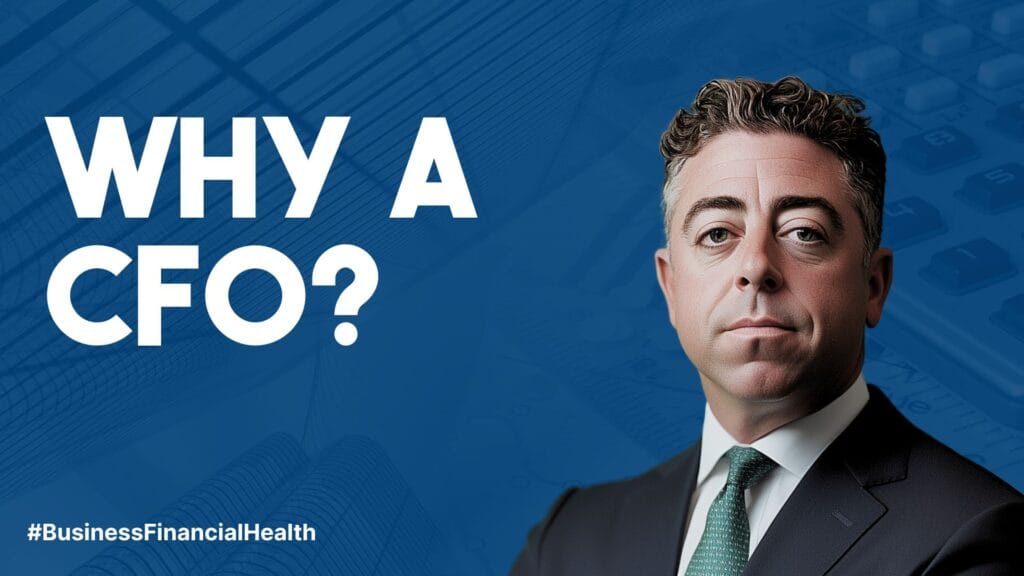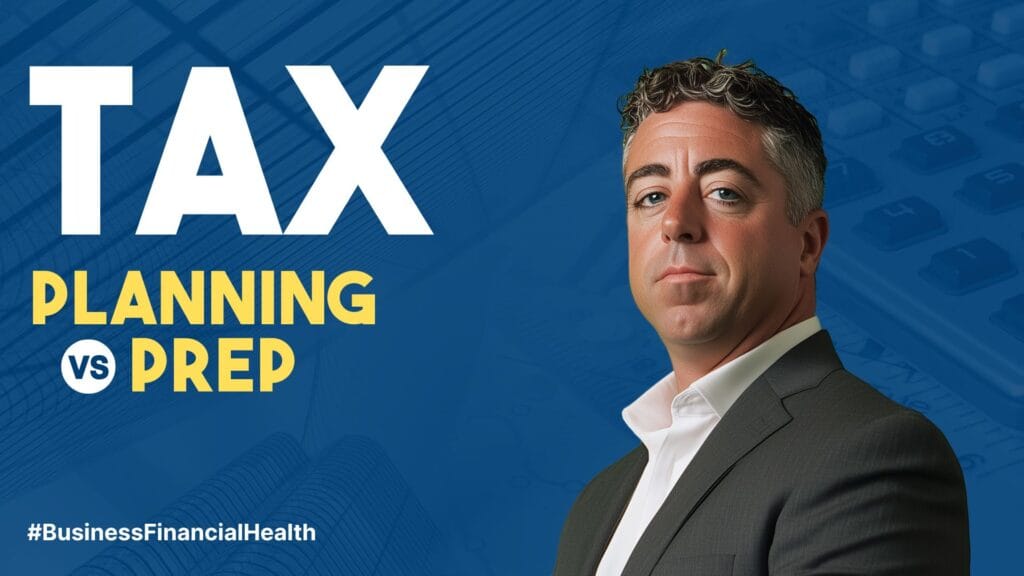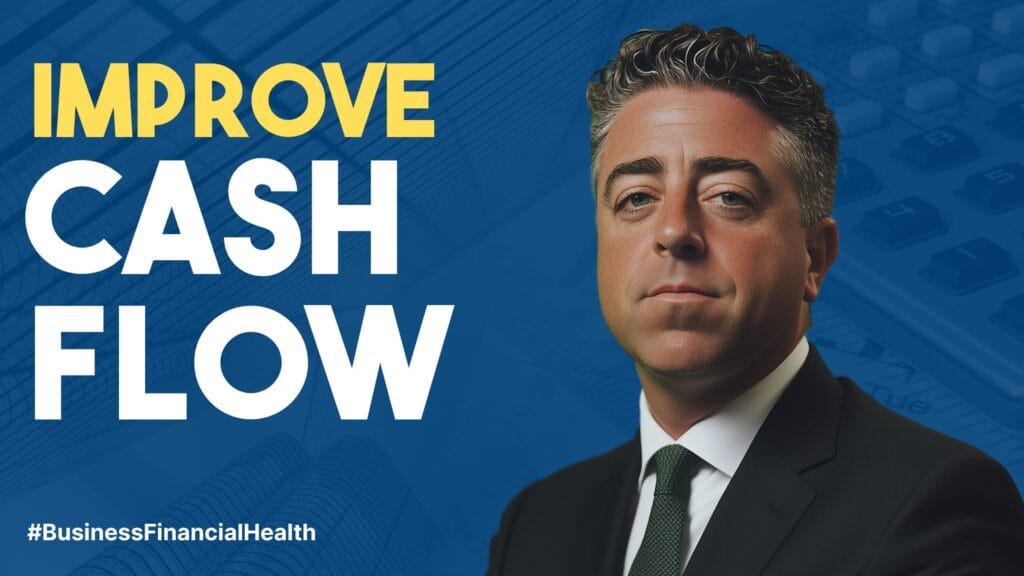For many businesses, cash flow challenges, fluctuating profits, and financial uncertainty can be a recurring headache. While revenue may look good on paper, it often doesn’t translate into long-term financial stability or growth. This is where the Profit First methodology steps in, prioritizing profitability from the very beginning and flipping the traditional accounting formula on its head.
Without a Profit First approach, businesses frequently fall into some common traps that prevent them from reaching sustainable profitability. In this blog, we’ll explore the top five mistakes businesses make when they don’t use the Profit First system, and how addressing these issues can transform financial outcomes.
Mistake 1: Prioritizing Expenses Over Profit
In a traditional business model, the formula for success is often thought of as Revenue – Expenses = Profit. This means profit is simply what’s left over after all expenses have been covered. In reality, this approach leads many businesses to spend too freely, leaving little to no profit at the end of the month or year.
Without the Profit First method, businesses often:
- Allocate funds toward expenses before considering profit.
- Fail to set aside dedicated profit reserves.
- Feel constantly cash-strapped, even during high-revenue periods.
Why Profit First Works:
The Profit First methodology changes this formula to Revenue – Profit = Expenses. By setting aside a portion of revenue as profit first, businesses learn to operate within their means, aligning expenses with remaining funds after profit has been accounted for. This ensures a profit margin is secured with every dollar earned.
Mistake 2: Lack of Clear Financial Allocation
Another major challenge without Profit First is that many businesses don’t allocate funds into separate accounts for specific purposes. When all income goes into a single account, it’s easy to lose track of where the money should go, which can lead to impulsive spending and poor cash flow management.
Common issues include:
- Using a single bank account for all revenue and expenses, which muddies financial clarity.
- Difficulty saving for taxes, owner compensation, and profit.
- A lack of clear boundaries, making it easier to dip into funds meant for other purposes.
Why Profit First Works:
Profit First introduces separate bank accounts for profit, taxes, owner’s pay, and operating expenses. Each time revenue comes in, funds are immediately allocated to these accounts according to a pre-determined percentage. This discipline ensures money is set aside for key financial priorities, leaving only what’s necessary for expenses, thereby improving financial clarity and control.
Mistake 3: Ignoring Cash Flow Peaks and Valleys
Seasonal businesses, or those with fluctuating revenue streams, often face unpredictable cash flow patterns. Many business owners make the mistake of spending more during high-income months, assuming the revenue will keep coming, without adequately preparing for leaner times. This can lead to financial stress and an inability to cover essential expenses during slower periods.
Without Profit First, businesses may:
- Overestimate future revenue based on short-term peaks.
- Struggle to maintain consistent cash flow during off-peak periods.
- Fail to set aside reserves to buffer against lean months.
Why Profit First Works:
The Profit First system encourages businesses to create a “Vault” or reserve account for saving extra funds during high-revenue months. By setting aside money during these peaks, businesses can smooth out cash flow fluctuations and maintain stability even when income dips. This approach leads to greater financial resilience and reduces reliance on loans or credit.
Mistake 4: Neglecting Owner Compensation
One of the biggest challenges many business owners face is paying themselves consistently. Without a structured approach to owner’s compensation, many business owners treat their pay as an afterthought, often reinvesting every penny back into the business or paying themselves only when cash is available. This not only impacts personal financial stability but can also lead to burnout.
Typical mistakes include:
- Paying themselves irregularly, often taking only what’s left after expenses.
- Reinvesting too much into the business without securing personal income.
- Compromising personal financial security to keep the business afloat.
Why Profit First Works:
The Profit First model establishes a dedicated account for owner’s pay, ensuring that business owners prioritize their own compensation as a non-negotiable expense. This structured approach allows for regular and predictable payments, supporting the business owner’s financial health and encouraging a sustainable work-life balance. With a clear structure for compensation, business owners are less likely to experience financial stress or compromise their personal well-being.
Mistake 5: Lack of Profitability Planning
Without Profit First, profitability is often something business owners hope to achieve at the end of the year, after all expenses have been covered. However, this approach rarely guarantees consistent profits and often leaves businesses with less than expected. Focusing on profitability as an “end result” rather than a priority can lead to financial instability and missed opportunities for growth.
Common pitfalls include:
- Relying on year-end revenue to determine profitability.
- Waiting until the end of the month to see if there’s anything left for profit.
- Reinforcing a cycle of unpredictable profits that don’t support long-term growth.
Why Profit First Works:
Profit First makes profitability a proactive goal rather than a passive outcome. By setting aside a portion of revenue as profit from the start, businesses create a consistent pattern of profitability that can be tracked and measured. This method ensures that every dollar earned contributes to the business’s growth and stability, helping to build financial strength over time.

Implementing Profit First in Your Business
The Profit First methodology offers a structured, disciplined approach that shifts the focus from spending to saving and profit-building. If your business has struggled with any of these common mistakes, implementing Profit First can be transformative. Here’s how to get started:
- Set Up Separate Accounts:
Open dedicated bank accounts for profit, taxes, owner’s pay, and operating expenses. This physical separation of funds will give you better control over cash flow and spending. - Determine Your Percentages:
Calculate the ideal percentage of revenue to allocate to each category based on your financial goals and operational needs. For example, set aside 10% for profit, 15% for taxes, 10% for owner’s pay, and allocate the remainder to operating expenses. - Schedule Regular Allocations:
Make it a habit to allocate funds to each account on a regular schedule, typically twice a month. This regular allocation helps maintain consistency and reinforces the Profit First discipline. - Review and Adjust as Needed:
Regularly review your finances to ensure your percentages and allocations are supporting your goals. Adjust as needed to reflect changes in revenue or expenses, and stay proactive about maintaining profitability.
Why Businesses Thrive with Profit First
The Profit First approach is more than just an accounting method; it’s a mindset shift that puts profitability and financial security at the forefront. By addressing these common financial mistakes, businesses can achieve:
- Predictable Profits: Every dollar is allocated with a purpose, ensuring profitability regardless of revenue fluctuations.
- Improved Cash Flow Management: Separate accounts make it easy to manage cash flow and prevent overspending.
- Financial Stability: A reserve fund helps buffer against seasonal or unexpected dips in revenue.
- Owner Satisfaction: Dedicated owner’s pay provides consistency, supporting the business owner’s financial well-being.
For businesses that have operated without Profit First, these changes can be truly transformative. By making profitability intentional rather than incidental, Profit First sets the stage for long-term financial health and growth.
Conclusion: Why Profit First is Essential
Profit First is more than a system—it’s a mindset that empowers business owners to take control of their financial future. By implementing Profit First, businesses can avoid these common pitfalls and move toward a model that prioritizes profit, stability, and growth.
If you’re ready to eliminate these common mistakes and build a stronger, more resilient business, consider adopting the Profit First methodology. Your business deserves to be profitable, and Profit First offers a proven path to achieving that goal. Reach out and chat with us to learn more…





